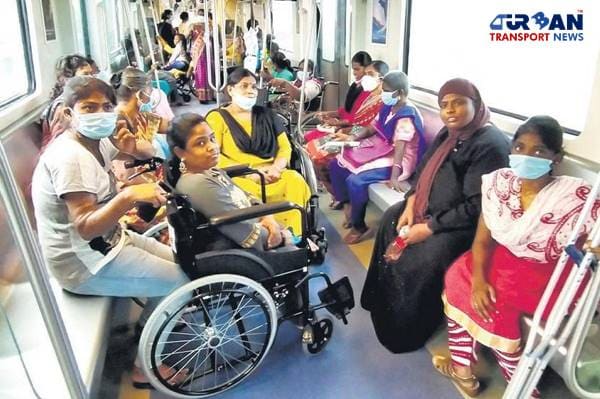 Wage and Hour Enforcement Under the Massachusetts Wage Act and Connecticut Labor Standards
Wage and Hour Enforcement Under the Massachusetts Wage Act and Connecticut Labor Standards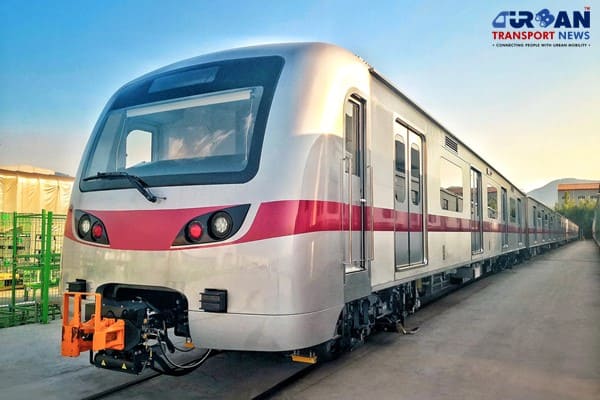 MRT‑7: Manila’s Northern Metro Lifeline on the Horizon
MRT‑7: Manila’s Northern Metro Lifeline on the Horizon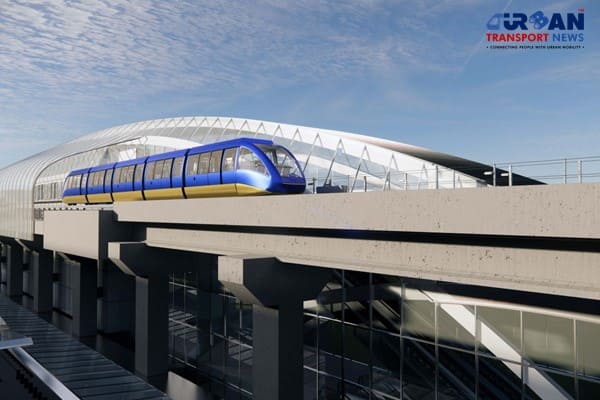 Delhi unveils ambitious Urban Mobility Vision: Luxury Metro Coaches, New Tunnels and Pod Taxi
Delhi unveils ambitious Urban Mobility Vision: Luxury Metro Coaches, New Tunnels and Pod Taxi Qatar approves Saudi Rail Link Agreement, Accelerating Gulf Railway Vision 2030
Qatar approves Saudi Rail Link Agreement, Accelerating Gulf Railway Vision 2030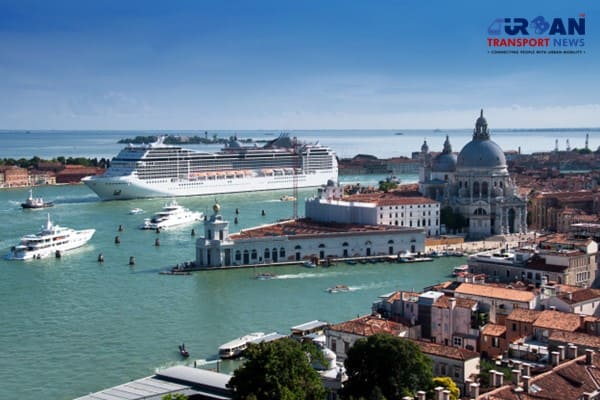 UP Govt plans to introduce Water Metro services in Ayodhya, Varanasi & Prayagraj
UP Govt plans to introduce Water Metro services in Ayodhya, Varanasi & Prayagraj India’s First Urban Ropeway begins Trial Run in Varanasi, Set to carry 1 Lakh passengers daily
India’s First Urban Ropeway begins Trial Run in Varanasi, Set to carry 1 Lakh passengers daily India and Bhutan to Build First-Ever Rail Link: ₹4,033 Cr Project to Boost Regional Connectivity
India and Bhutan to Build First-Ever Rail Link: ₹4,033 Cr Project to Boost Regional Connectivity Patna to launch Eco-Friendly Water Metro; Trial Run soon between Digha and Kangan Ghats
Patna to launch Eco-Friendly Water Metro; Trial Run soon between Digha and Kangan Ghats Air India Group set to launch Flights Operations from Navi Mumbai International Airport
Air India Group set to launch Flights Operations from Navi Mumbai International Airport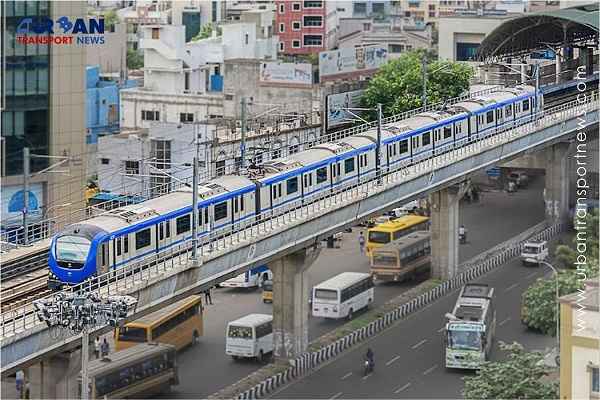 Chennai to launch 25-Year Mobility Plan with Unified QR Ticketing and One-App Transit System
Chennai to launch 25-Year Mobility Plan with Unified QR Ticketing and One-App Transit System
Study finds over half of urban population still commutes by personal vehicles

New Delhi, India (Urban Transport News): A recent study examining commuting habits in urban areas worldwide has highlighted the significant reliance on cars, with over half of urban population commutes being by car, according to findings published in the journal Environment International on March 15, 2024. Conducted by Rafael Prieto-Curiel from the Complexity Science Hub in Austria and Juan Pablo Ospina from EAFIT University in Colombia, the research analyzed transportation modes such as cars, public transportation, walking, and biking in cities across the globe.
The study faced challenges due to a lack of comprehensive data on mobility patterns, focusing solely on the proportion of trips taken by each mode of transportation. Out of 794 cities studied across 61 countries, covering nearly 850 million people, less than a quarter of journeys (22.4%) were by active mobility, while public transportation and cars accounted for 26.2% and 51.4%, respectively.
Modal shares varied significantly by region, with cities in the US and Canada predominantly reliant on cars (91.9%), while European cities showed more diversity in transportation modes, ranging from high car usage to significant public transport and active mobility. Eastern European cities had notably higher levels of public transport usage compared to other European regions.
In eastern Asian cities, public transport was the most prevalent mode of transportation, followed by active mobility and cars. Meanwhile, African cities had a limited number of car journeys, with the majority of trips made via active mobility or public transport.
The study also observed that city size influences transportation patterns, with small cities outside the US having higher rates of active mobility and car usage due to limited public transportation options. In contrast, larger cities tend to rely more on public transport.
Despite the convenience of cars, their use in cities contributes to pollution, noise, and space consumption. However, transitioning to more sustainable transportation modes requires comprehensive strategies that promote active mobility and public transport while making cars less appealing. Successful cities have implemented such strategies to encourage sustainable commuting habits.






